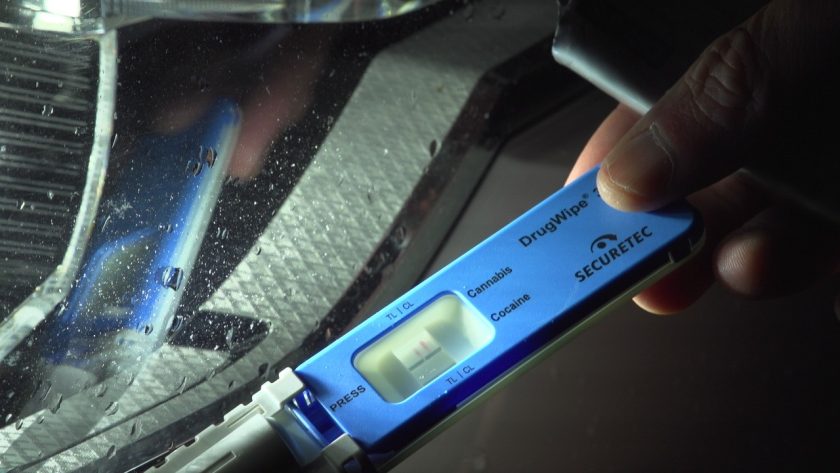Drug driving among younger motorists reaching epidemic levels, warns road safety charity

The problem of drug driving among younger motorists in the UK has reached epidemic levels, a leading UK road safety charity has said.
IAM RoadSmart reveals that nearly one in three people aged 16–24 admitted to either driving or being in a car where they or the driver have taken illegal drugs within the past 24 hours.
According to DVLA licensing data, about 2.5 million driving licences belong to this age group. When these figures are extrapolated to match the survey data, this equates to as many as 700,000 young drivers potentially being involved in drug-driving incidents.
A survey by IAM RoadSmart discovered that 26% of young people know someone who drives under the influence of illegal drugs.
This growing pattern is causing both authorities and road safety experts to worry.
Although most in this age group express a likelihood to prevent others under the influence from driving, nearly a fifth confess they are unlikely to stop a family member or friend intending to drive under the influence.
The research also uncovered that more than a third (32%) believe it’s more common to drive under the influence of illegal drugs than drink driving.
Data from the Department for Transport shows a staggering 260% increase in casualties related to drug-driving since 2012, totalling 2,500 in 2021.
Furthermore, despite the drop in full-time dedicated roads police officers, convictions for driving under the influence of drink or drugs have soared by 40%, from 41,457 in 2014 to 58,117 in 2022.
Nicholas Lyes, Director of Policy and Standards at IAM RoadSmart, emphasised the alarming level of illegal drug-driving among younger drivers, highlighting the threat to their lives and the lives of all road users.
He said: “IAM RoadSmart’s research vividly shows a shocking level of illegal drug-driving among younger drivers, risking not only their lives but also the lives of all road users.
“Alarmingly, almost a fifth of younger drivers would be unlikely to stop a friend or relative from driving under the influence of illegal drugs. It’s clear more must be done to inform drivers of the hazards, and a strong plan from the government is urgently needed to eliminate this issue.
“One approach the Government might consider is developing a distinct strategy for drug-driving alone, separate from drink-driving. Along with this, we need more police officers conducting roadside drug-tests and consideration of offering drug-driving rehabilitation courses, much like those for drink-driving offenders.”
To find out more about IAM RoadSmart’s campaign to raise awareness and drive change to stop these trends, click here.
Spotted something? Got a story? Email: [email protected]
Latest News
